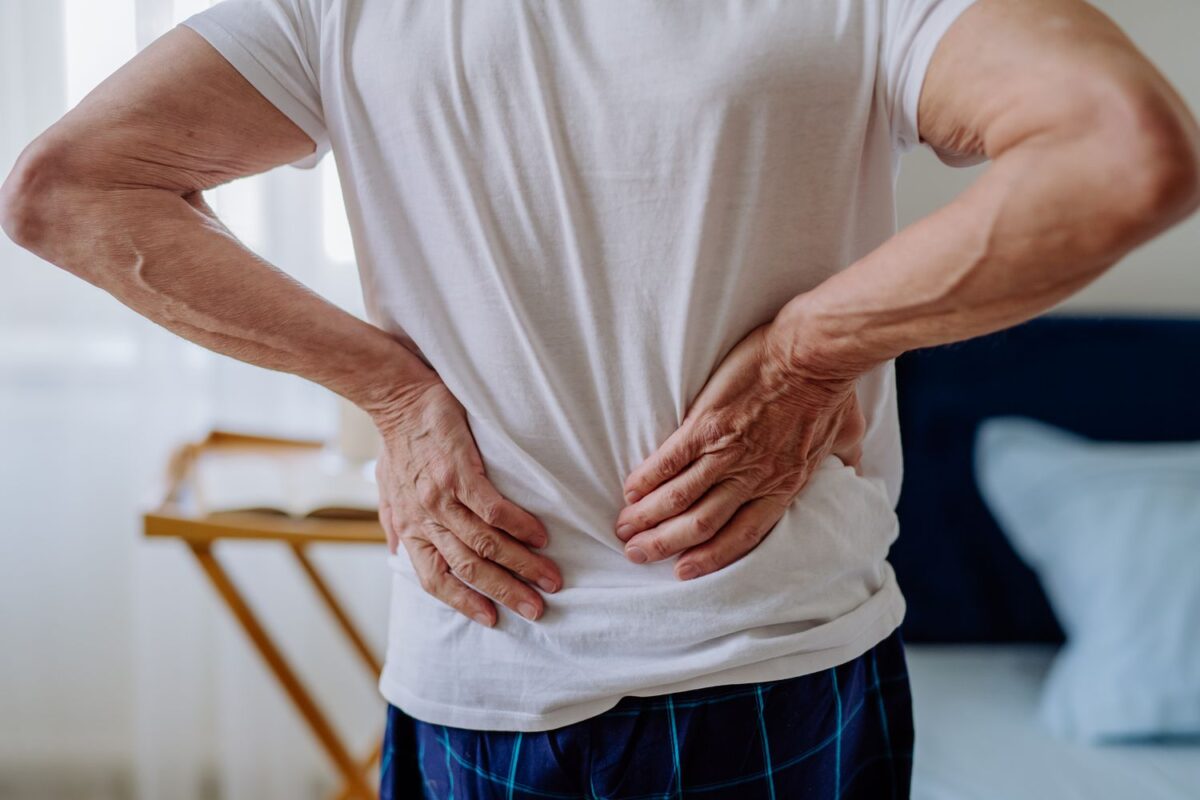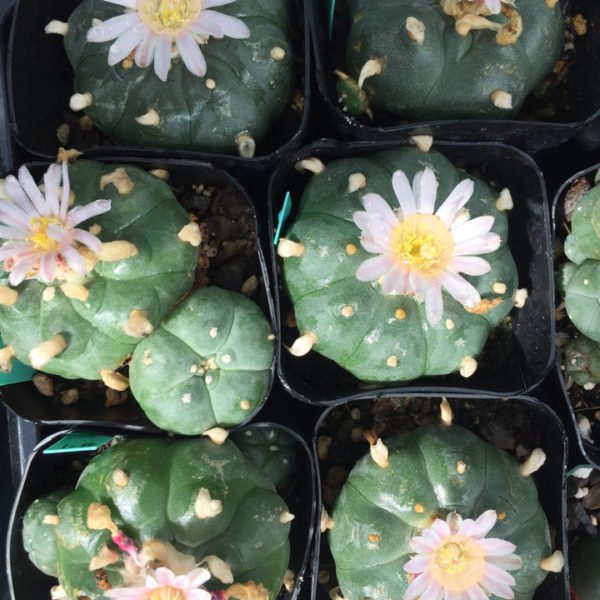Laser hair removal has become increasingly popular in Islamabad, offering a convenient and effective solution to unwanted hair. As the capital city of Pakistan, Islamabad boasts a range of clinics and facilities that provide professional laser hair removal services. In this comprehensive guide, we’ll delve into everything you need to know about laser hair removal in Islamabad, including the procedure, benefits, cost, and finding the right clinic for your needs.
Understanding Laser Hair Removal:
Laser hair removal is a non-invasive cosmetic procedure that uses concentrated light to target and destroy hair follicles, preventing hair growth. It is a safe and effective method for reducing unwanted hair on various parts of the body, including the face, arms, legs, back, and bikini area.
The Procedure:
Before undergoing laser hair removal, it’s crucial to consult with a qualified dermatologist or aesthetician. During the procedure, a handheld device emits a laser beam that penetrates the skin and targets the melanin (pigment) in the hair follicles. The heat from the laser damages the follicles, inhibiting future hair growth. Multiple sessions are typically required to achieve long-lasting results, as hair grows in different cycles.
Benefits of Laser Hair Removal:
- Precision: Laser technology targets specific areas without affecting surrounding skin, ensuring precise hair removal.
- Long-lasting Results: With multiple sessions, laser hair removal can provide semi-permanent or permanent hair reduction.
- Time-saving: Compared to traditional methods like shaving or waxing, laser hair removal saves time and reduces the need for frequent maintenance.
- Reduced Ingrown Hairs: Laser treatment minimizes the occurrence of ingrown hairs, a common issue with other hair removal methods.
- Improved Skin Quality: Over time, laser hair removal can lead to smoother, softer skin in the treated areas.
Choosing a Clinic:
When selecting a clinic for laser hair removal in Islamabad, consider the following factors:
- Reputation and Experience: Research the clinic’s reputation, read client reviews, and inquire about the experience and qualifications of the practitioners.
- Technology and Equipment: Ensure that the clinic uses advanced laser technology and maintains high standards of safety and hygiene.
- Consultation Process: A reputable clinic will offer a thorough consultation to assess your skin type, hair color, and suitability for laser treatment.
- Cost and Packages: Inquire about pricing options, packages, and any ongoing promotions or discounts.
- Aftercare and Follow-up: Ask about post-treatment care, follow-up appointments, and potential side effects or risks.
Cost of Laser Hair Removal in Islamabad:
The cost of laser hair removal in Islamabad varies depending on factors such as the treatment area, the number of sessions required, and the clinic’s pricing structure. Generally, larger areas like the back or legs will cost more than smaller areas like the upper lip or underarms. Prices may also differ based on the type of laser technology used, with newer and more advanced devices often commanding higher fees.
It’s essential to consider laser hair removal as an investment in long-term convenience and confidence. While initial costs may seem higher than temporary hair removal methods, the lasting results can save both time and money in the long run.
Preparing for Laser Hair Removal:
Before your laser hair removal sessions, follow these tips for optimal results:
- Avoid Sun Exposure: Minimize sun exposure and use sunscreen to protect your skin, as tanned skin can increase the risk of complications.
- Shave, Don’t Wax: Shave the treatment area before each session, but avoid waxing or plucking, as these methods remove hair from the follicle, which is necessary for laser targeting.
- Stay Hydrated: Drink plenty of water to keep your skin hydrated and promote faster recovery after each session.
- Follow Post-Treatment Care: Adhere to the clinic’s instructions for post-treatment care, which may include avoiding hot showers, wearing loose clothing, and applying soothing creams or gels.
Conclusion:
Laser hair removal offers a modern and efficient solution to unwanted hair, and Islamabad provides a range of reputable clinics for this procedure. By understanding the process, benefits, costs, and necessary preparations, you can make informed decisions and achieve smooth, hair-free skin with long-lasting results. Always consult with qualified professionals and prioritize safety and efficacy when undergoing laser hair removal treatments.









